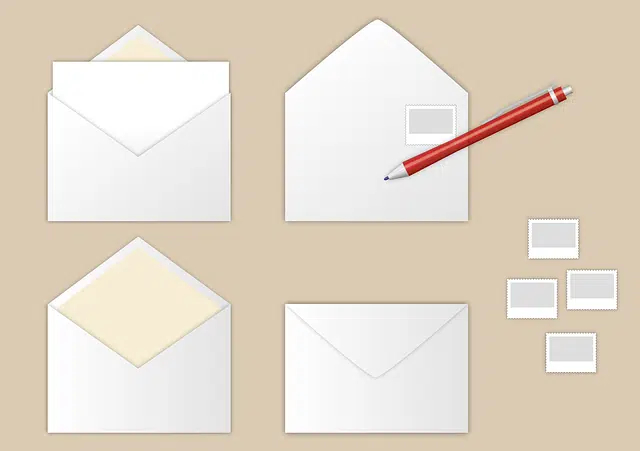
Correspondence is a type of communication.
The action and effect of corresponding or corresponding are called correspondence . To reciprocate, on the other hand, is to pay something equally or to belong.
The concept of correspondence can be used to name that which has a proportion or relationship with something else . For example: "Do not try to compare two things that have no correspondence" , "The judge has analyzed the calls but found no correspondence with the defendant's statements" , "The correspondence between the statements surprised the press" .
In the field of mathematics, meanwhile, correspondence is a binary relationship between two sets . Correspondence is a subset of the Cartesian product of said sets.
Correspondence as a mode of communication
Correspondence, on the other hand, is known as written communication between two or more people . Correspondence involves the exchange of letters : the person who sends the communication is the sender, while the person who receives it is the recipient.
Generally, the notion of correspondence is used to name the exchange of printed letters , which are transferred inside an envelope . The recipient's name and address are written on the front of the envelope, while the sender's details are recorded on the back. Correspondence, however, can be the exchange of emails or emails. In this case, communication is virtual and digital.
Correspondence is usually associated with a private exchange, where person A writes to person B and person B responds. In some cases, however, the correspondence becomes public, either by the will of those involved (with an open letter) or by their fame (when the exchange of correspondence between famous people is published).

The exchange of letters is known as correspondence.
Classification according to type
It is important to establish that the term correspondence, having this meaning, can be classified into several groups and based on different criteria:
• If what is taken into account is its content, we can establish that it can be divided into two sets: first class, such as postcards or letters, which are only informative and personal; and the second class, which is the one that has to do with packages.
• In the event that we take into account what the destination would be, we can establish that there are two types of correspondence: the private one, which addresses aspects of particular interest, and the public one, which is the one that is developed through the media. of communication and that has general interest.
• On the other hand, if what we take into consideration is the length of the correspondence, we find that it can be long, which is one that has more than 200 words; medium, which is up to 200 words, or short, which does not exceed 100 words.
• A fourth classification of correspondence is carried out based on the way it is processed. In this case, it is determined that it can be telegraphic, which is when it is processed through telegraphic offices and services; and the postcard, which is the one that is managed by going to the post offices. The latter, in turn, is divided into two: ordinary and certified, which has a higher price and requires that the recipient have to sign in order to collect it.
